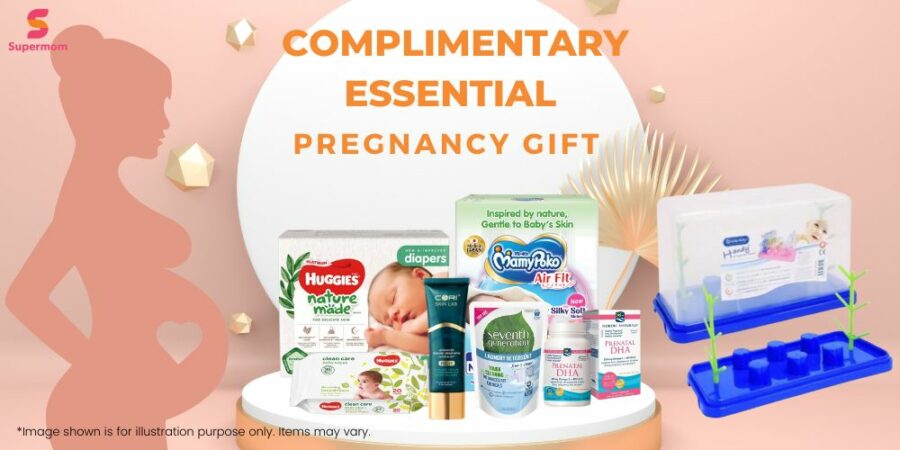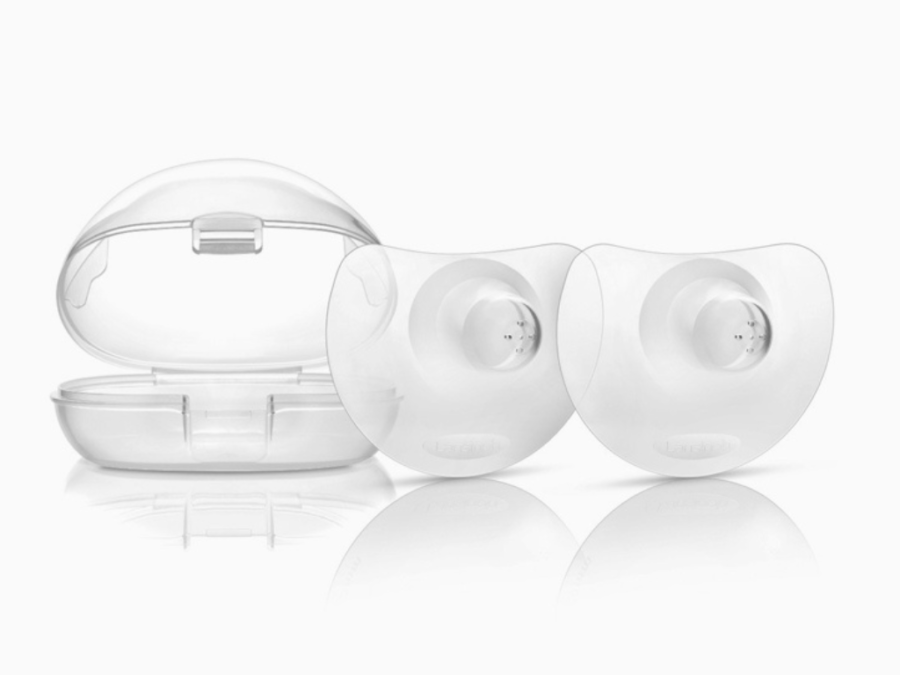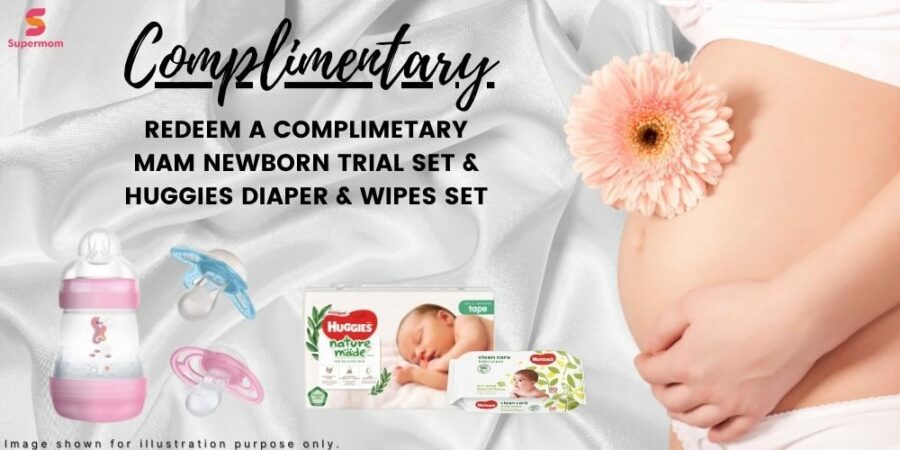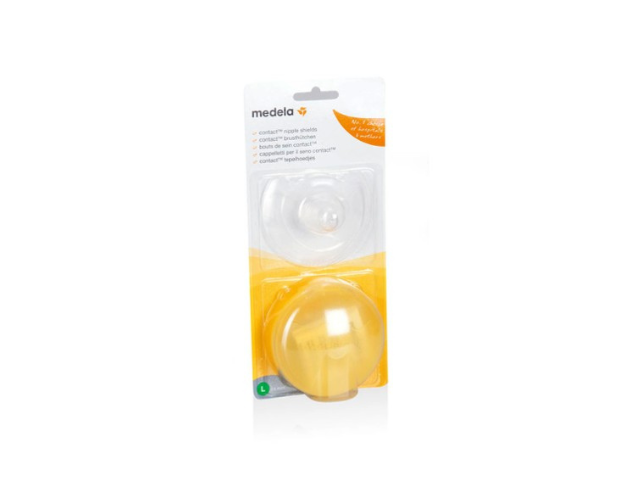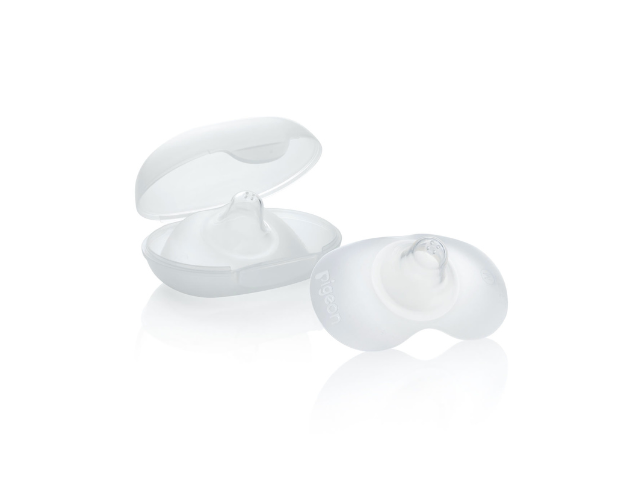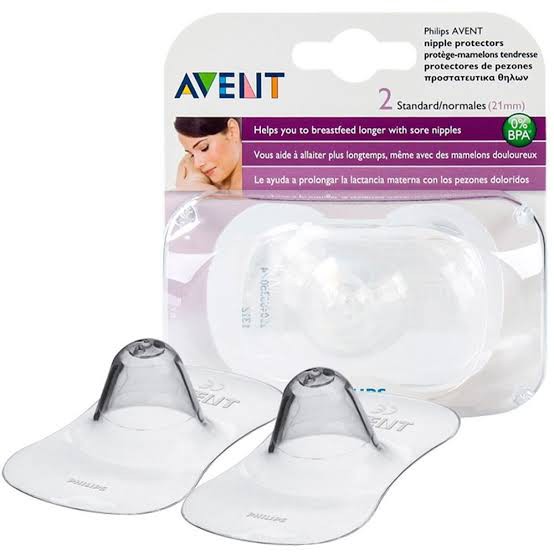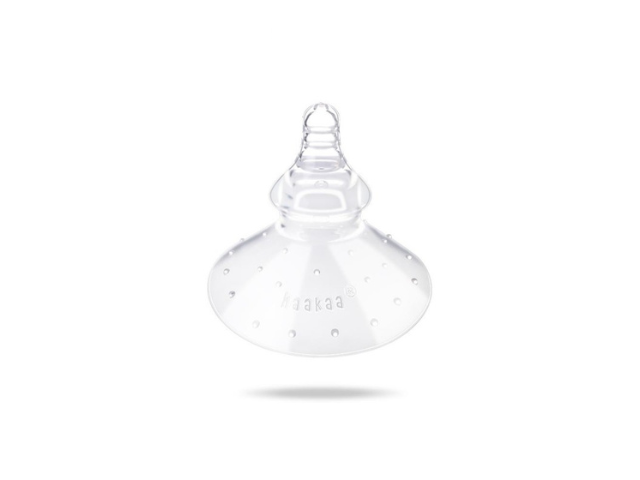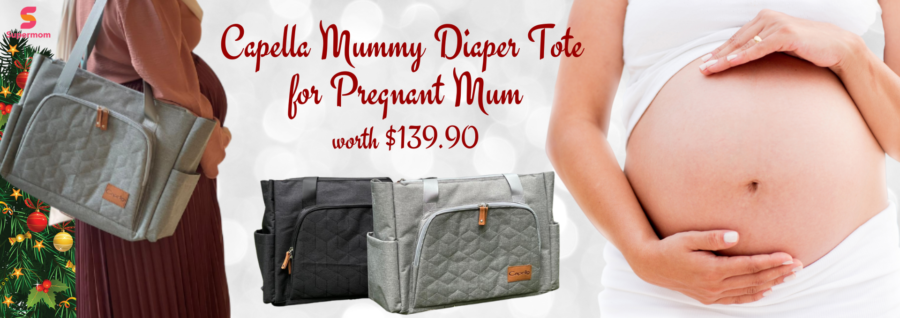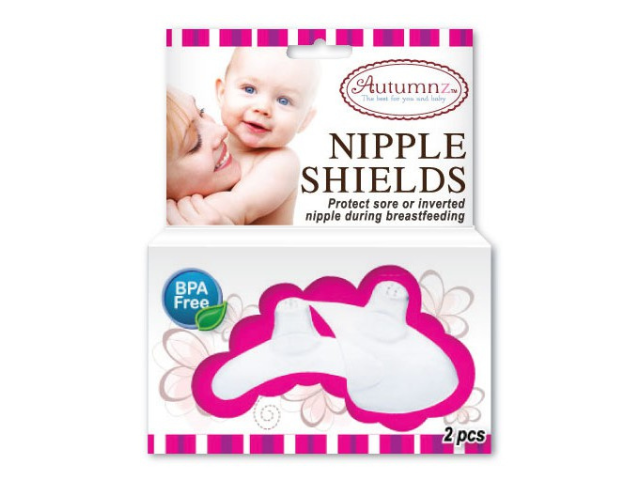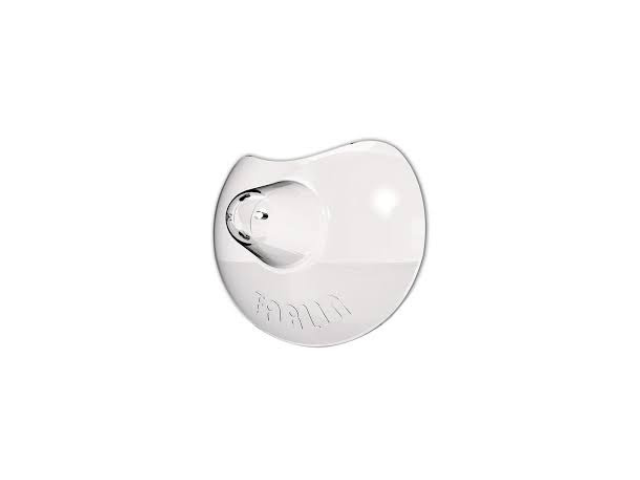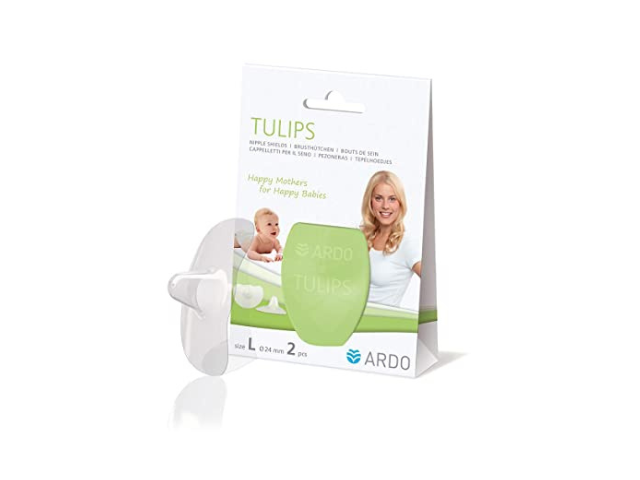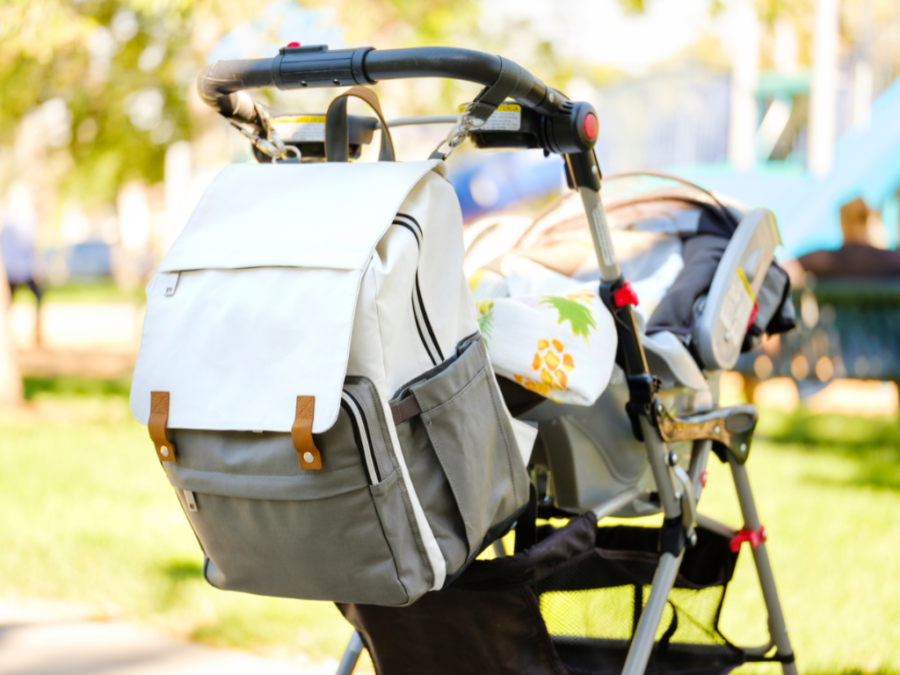Breastfeeding can be tough on a lot of moms and can come with several issues. These include latching issues, which in turn can cause other issues like sore nipples as well. Fortunately, there are things you can do to resolve these issues, and sometimes you’ll need some tools to help you make these problems go away.
The best nipple shields can help you effectively deal with latching issues as well as cracked and sore nipples. You can use a nipple shield to protect your skin and make breastfeeding and latching easier for you and your baby.
Table of Contents
ToggleWhat are nipple shields?
Nipple shields are often used when a baby has difficulty latching on to the nipple, or when the mother has sore nipples because of breastfeeding. They’re typically made of thin BPA-free silicone and resemble feeding bottle nipples. They can come in different sizes and designs, though they should come with a cone in which the nipple goes, and a base that can be round, crescent-shaped, or butterfly-shaped.
These shields are designed to go on the nipples during breastfeeding sessions. If you find the best nipple shield for your situation, you can make breastfeeding easier, more productive, and more pleasant for both you and your baby.
What nipple shields are for?
The best nipple shields should be able to effectively help resolve problems with latching during breastfeeding. Moms and babies can encounter different kinds of breastfeeding issues, especially in the newborn stage when babies are still learning how to breastfeed. You’ll likely need to use nipple shields in the following situations:
- You have flat or inverted nipples. This can make it difficult for a baby to latch. However, a nipple shield can give your baby something to latch on to and can help draw milk out of your breast effectively.
- Your baby has a tongue tie or a lip tie. If your baby hasn’t been gaining weight as expected, one of the possible reasons may be a tongue or lip tie. This condition can prevent babies from latching.
- Your baby was born prematurely. A preemie is more likely to have issues with breastfeeding. However, breastmilk is important in helping preemies get healthier. A nipple shield may be the answer to getting a preemie to breastfeed more easily.
- You have cracked or sore nipples due to breastfeeding. An improper latch can cause sore nipples, though soreness and cracking can also happen as your skin is getting used to the friction brought on by breastfeeding. Nipple shields can help sort out your baby’s latch and reduce friction on your skin as well.
- Your baby tends to bite while breastfeeding. A baby’s teeth, as small as they may be, can nonetheless do serious damage to your nipples. A nipple shield can protect you from your baby’s teeth and prevent injury, though it may still hurt a little.
If any of these situations are relevant to you, then you might want to consider using a nipple shield. However, it’s important to note that you should speak to a lactation consultant first before settling on nipple shields as a solution. Your lactation consultant can provide you with other solutions, such as switching nursing positions to fix your baby’s latch.
Additionally, lactation consultants can teach you how to best use nipple shields to help you and your baby. If you don’t use nipple shields correctly, you can encounter even more issues with breastfeeding in the future, and they may be complicated to resolve. Thus, using nipple shields under the guidance of a lactation consultant is vital to breastfeeding successfully.
How to use nipple shields
Using nipple shields isn’t as simple as it might seem. They need to be treated with the same care as feeding bottles, breast pumps, and the like are treated. Additionally, you should make sure to get guidance from a lactation consultant before using them to help with breastfeeding.
Breastfeeding may be natural, but you may need the help of nipple shields to facilitate a better breastfeeding experience. It’s important to think of these nipple shields as tools that you can use to your and your baby’s advantage. Like any other tool, nipple shields should be used and taken care of properly.
- Pick the right size for your nipples. A nipple shield that’s too big or too small for you will not be able to work properly. It might not be able to stay on much while breastfeeding, it might not be able to facilitate enough suction, and it might not fit in your baby’s mouth. Some nipple shields come in different sizes that you can choose from, while some come in just one size. Check out the measurement of the nipple shields you want to buy to see if they’re right for you.
- Make sure that the nipple shield stays in place. If there’s one thing that nipple shields tend to do, it’s to come off now and then during breastfeeding. No nipple shield is perfect, but there are some things you can do to keep one stuck on your skin for as long as possible. One thing you can do is to apply a bit of nipple cream on the underside of the shield before putting it on. You can also use warm water as an adhesive.
- Clean your nipple shields properly. Since these nipple shields are meant to into your baby’s mouth and come into contact with your milk, it’s important to make sure that they’re properly cleaned and sterilized. After use, wash them with warm water and soap first. Then, sterilize them in boiling water or the microwave. Some nipple shields are not dishwasher-safe, so make sure to check first.
- Make sure to store your nipple shields in a clean place. Most nipple shields come with a carrying case that can keep dust and dirt away. Always put your clean nipple shields in their case when they’ve dried, then put the case somewhere easily accessible so you’ll always have your nipple shields on hand.
Best Nipple Shields Recommendations
You might encounter some difficulty in finding the right nipple shields for you and your baby. Some might be too big, too small, or smell too much like silicone. Your baby just might not like the first one you bought but might like the second one. Thus, if nipple shields don’t work for you the first time around, it might be best to consider buying another pair in a different size or from a different brand.
Check out the best nipple shields in Singapore below. These nipple shields are designed to address different kinds of breastfeeding problems and help you and your baby have a more comfortable time during breastfeeding sessions.
8 Best Nipple Shields for Latching Issues and Sore Nipple
1. Lansinoh Contact Nipple Shields
The Lansinoh Contact Nipple Shields are designed to help you with nursing issues while still allowing as much skin-to-skin contact as possible. Made of very thin BPA-free silicone, these nipple shields can make it easy for you and your baby to get used to them. They’re meant specifically for resolving short-term issues with latching, so they’re not meant for long-term use.
Though these nipples shields are quite thin, they can still effectively protect sore nipples. If breastfeeding has been painful, these nipple shields will more than likely be able to help you. They can reduce the friction on your nipples to almost zero and keep your baby’s bites at bay. Additionally, they’re affordable enough that you can buy multiple sets, so you’ll always have at least one clean nipple shield on hand and ready to go.
Pros
- Very thin but can still offer protection for sore nipples
- Designed to help maintain a degree of skin contact between mom and baby
- Comes in two sizes to accommodate different nipple sizes
Cons
- Can be difficult to keep on
- Not dishwasher-safe, but can be sterilized in boiling water
2. Medela Contact Nipple Shields
Finding nipple shields that fit correctly can be a pain and a waste of time and money. The Medela Contact Nipple Shields are available in three different sizes, ensuring that you’ll have shields that fit your nipples just right. This way, your baby will be able to nurse comfortably and can get used to these shields more quickly.
These nipple shields can help you with a lot of things, not least of which are latching issues. If you have a strong letdown that’s making breastfeeding more difficult for your baby, these shields can help with that as well. They can also help babies with a tongue tie and moms with flat or inverted nipples. With all these capabilities, these shields can be helpful to different kinds of moms and babies with different kinds of breastfeeding issues.
Pros
- Available in three different sizes
- Durable and easy to sterilize
- Shaped to allow better skin-to-skin contact
Cons
- Can fall off easily
- Case can be very difficult to open and close
3. Pigeon Natural Feel Nipple Shields
The Pigeon Natural Feel Nipple Shields are made of soft and ultra-thin silicone to ensure that you and your baby are comfortable during breastfeeding sessions. Additionally, they’re shaped in such a way that they allow optimal skin-to-skin contact between mom and baby. They’re also designed to increase the flow of milk during feedings, making them ideal for moms who are struggling with slow milk flow.
The silicone is thin enough that it won’t bother your baby but strong enough to protect you from the pain of sore nipples and bites. These nipple shields can help with a variety of problems that moms have with breastfeeding, including having flat nipples, latching difficulties, and more. If you’re not sure which nipple shields will work best for you, these ones are a great pair to start with. Not only are they well-designed, but they’re not very expensive as well.
Pros
- Made of thin and soft yet durable silicone
- Increases milk flow
- Designed to facilitate skin-to-skin contact
Cons
- Doesn’t stay stuck to the skin during breastfeeding
- Not suitable for those with high milk flow rate
4. Philips Avent Nipple Protectors
The Philips Avent Nipple Protectors are thin, soft, and odorless — almost like they’re not there. They’re thus easier to get used to and won’t disrupt a baby who’s just getting started with breastfeeding. They’re also shaped to allow as much skin-to-skin contact as possible, so your baby’s chin and nose can still touch your skin directly.
If your baby tends to bite during breastfeeding or if you’re dealing with cracked and sore nipples, these shields can help protect your skin. If your baby bites down, you’ll feel it a lot less. They can also help you transition your baby from bottles to breastfeeding if this is something you want to do. Additionally
Pros
- Made of very thin and soft silicone
- Designed to let baby’s nose and chin touch your skin for maximized skin-to-skin contact
- Little to no odor; easier for babies to get used to
Cons
- Edges tend to come off during breastfeeding
- Might be too small for some
5. Haakaa Round Breastfeeding Nipple Shields
The Haakaa Round Breastfeeding Nipple Shields are a bit different from the other ones on this list. The nipples on these shields are longer and designed to allow your baby to bite down without actually biting your nipple. This design can also make it easier for you to breastfeed if you have cracked or sore nipples because it can reduce the friction on your skin.
If your baby has been bottle-fed so far because of latching issues and the like, these nipple shields can help you and your baby transition to breastfeeding. Additionally, these shields can be a good option if you’ve tried other “standard” nipple shields with no luck.
Pros
- Makes transitioning from bottle-feeding to breastfeeding easier
- Prevents babies from biting down directly on nipples
- Stays on more easily compared to other nipple shields
Cons
- Might not work for babies with weak sucking
- Less skin-to-skin contact between mom and baby
6. Autumnz Nipple Shields
The Autumnz Nipple Shields are designed to fit a wide variety of moms and nipple types. If you have flat or inverted nipples, a baby that bites during breastfeeding, or cracked and sore nipples that make breastfeeding unpleasant, these nipple shields can be a safe choice. They’re more likely to work for you if you’re dealing with run-off-the-mill breastfeeding problems.
Made of BPA-free silicone, these nipple shields are safe to use and can be sterilized in the microwave or boiling water. They can be cleaned with the typical brushes for feeding bottle nipples, so keeping them clean doesn’t have to be complicated. Additionally, they can fit a wide variety of nipples, so you can test these out and see how well they work for you.
Pros
- Suitable for a variety of breastfeeding problems
- Easy to clean and sterilize
- Odorless and tasteless BPA-free silicone
Cons
- Might not be able to address specific breastfeeding issues
- Can be difficult to keep on during breastfeeding
7. Farlin Nipple Shield
The Farlin Nipple Shield is designed to give you good coverage, which can make it easier to keep this nipple shield on. You can keep the flaps pressed to your skin without disrupting your baby while breastfeeding. Your baby will thus be able to breastfeed in peace without any interruptions. This nipple shield will thus help ensure your and your baby’s comfort.
Another thing that this shield does well is that it’s designed to help with skin-to-skin contact. You can position it in such a way that it won’t come into contact with your baby’s nose, allowing your baby to breathe more easily. The nipple also has 4 holes, allowing better milk flow. Because of this, this nipple shield can be especially helpful to moms who are having issues with a lower milk flow rate.
Pros
- Designed to help facilitate better skin-to-skin contact
- Can help speed up milk flow
- Durable and easy to keep on while breastfeeding
Cons
- Only one nipple shield per pack, with no protective case
- Can be too big for some babies
8. Ardo Tulips Contact Nipple Shields
The Ardo Tulips Contact Nipple Shields are designed to help minimize pain during breastfeeding as much as possible. Though they’re made of thin and soft silicone, they can nonetheless make breastfeeding easier. They can help reduce pain if you have sore or cracked nipples by reducing friction on your skin. They can also keep your baby’s teeth at bay so they won’t break your skin.
Another thing that you’ll like about these shields is that they can come in three different sizes: small, medium, and large. Make sure that you check the measurements of each to make sure that you get the right size. This way, you won’t end up with nipple shields that are too small or too big, which can end up being unusable to you and uncomfortable for your baby. By getting the best nipple shield for your size, you’re more likely to be able to find a solution to specific problems.
Pros
- Three different sizes for you to choose from
- Made of thin and soft silicone
- Protects sore nipples and prevents bites
Cons
- Can be difficult to keep on during breastfeeding
- Might not be suitable for those with high milk flow rate
FAQ About Nipple Shields
Nipple shields are made of thin but durable material and are meant to go over your nipples when breastfeeding. They can help with latching issues and can help relieve pain when breastfeeding.
Yes, but it’s important to make sure that you first speak to your baby’s paediatrician about using nipple shields first. Once you start using nipple shields, regularly check to see if your newborn is gaining weight.
If your baby is having latching issues, nipple shields can help. They can help ease any pain you might be experiencing while breastfeeding, as long as they’re used correctly.
Yes, nipple shields can help your baby get more milk while nursing. However, it’s important to make sure that you guidance from a professional if you want to use a nipple shield.
There are many remedies that you can try out if you’re experiencing pain while breastfeeding. You try putting breastmilk on sore nipples, and you can also use nipple cream. Another thing you can try is nipple shields, which can help with latching issues and act as a barrier to protect your skin.
References
- https://www.whattoexpect.com/baby-products/feeding-nutrition/nipple-shields-breastfeeding/
- https://www.llli.org/breastfeeding-info/tongue-lip-ties/

